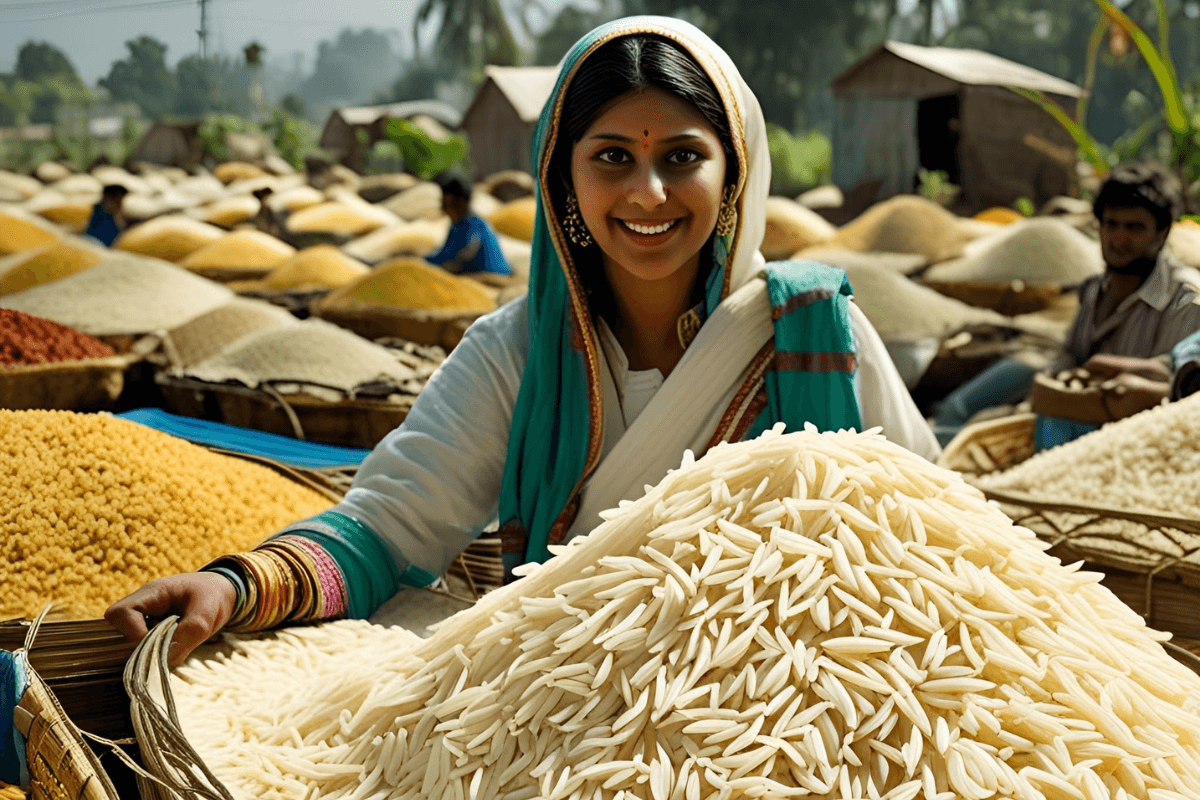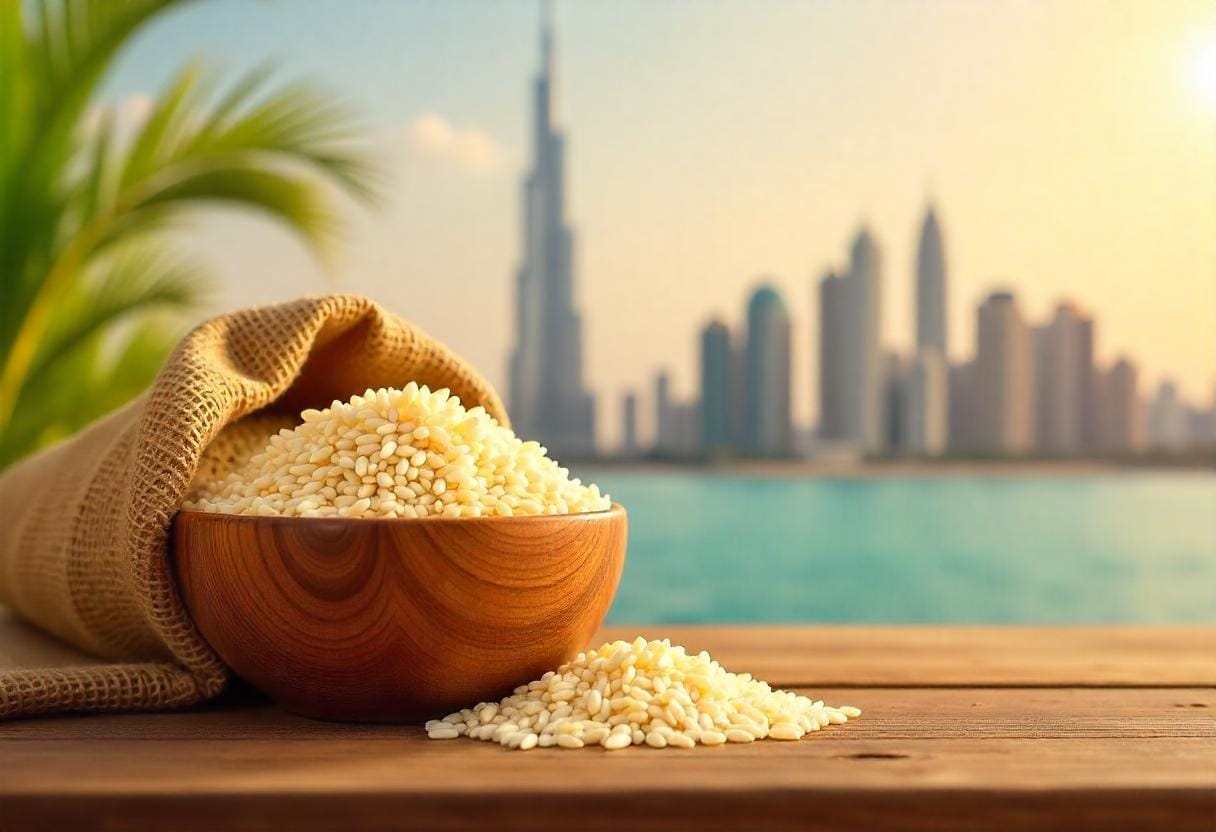Basmati rice is a symbol of tradition, heritage, and exquisite taste. But have you ever wondered what goes into getting this long grain rice exporter in india , aromatic rice from lush green fields to a sealed export container ready to ship across the world?
Let’s take a behind-the-scenes look at the incredible journey of Basmati rice — from farm to container.
1. Sowing the Seeds: Where the Journey Begins
The journey starts from in Punjab, Haryana, and Uttar Pradesh, where the climate and soil are ideal for growing Basmati. Farmers use traditional knowledge passed down through generations, combined with modern agricultural practices, to plant Basmati seeds during the kharif season (June-July).
🌾 Only specific geographic regions qualify for authentic Basmati — protected under Geographical Indication (GI) tags.
2. Nurturing with Patience: Growth and Care
Basmati rice takes 135-150 days to mature, which is longer than regular rice varieties. It requires adequate water, sunlight, and careful pest management. The farmers use organic compost, regular weeding, and sustainable irrigation methods to ensure a healthy crop.
Patience is key — this long duration is what gives Basmati its distinct aroma and elongation.
3. Harvesting: Timing is Everything
Once the rice stalks turn golden and the grains firm up, harvesting begins, usually around October-November. Farmers either use traditional sickles or mechanized harvesters. Timing is critical — too early, and the grains won’t develop aroma; too late, and the grains can break.
After harvesting, the rice is sun-dried to reduce moisture content before it moves to the next stage.
4. Milling: From Paddy to Perfection
The harvested paddy undergoes multiple steps:
- Cleaning: Removing stones, dust, and husk.
- Dehusking: Removing the outer shell.
- Polishing: Giving rice a clean, white appearance (optional for export).
Premium Basmati is often aged for 12–24 months, which enhances its aroma, taste, and non-stickiness after cooking.
5. Quality Checks & Grading
Before packaging, every batch goes through stringent quality checks:
- Grain length & purity
- Aroma & taste test
- Moisture content
- Broken grains percentage
Only the finest grains qualify as export-grade Best rice exporters in India. The rice is then graded based on length, polish, and moisture levels to match buyer specifications.
6. Packaging: Sealing the Freshness
Packaging is not just about looks — it protects the rice during long transits. Export packaging includes:
- Food-grade laminated bags (1kg, 5kg, 20kg, 25kg, 50kg)
- Vacuum sealing for long shelf-life
- Private label branding (for client customization)
Each pack includes batch numbers, manufacturing & expiry dates, and cooking instructions, ensuring full traceability.
7. Container Stuffing: Final Step Before Export
The packed rice is loaded into 20ft or 40ft containers at export warehouses. Each container is:
- Fumigated and inspected for hygiene
- Customs cleared with all necessary documentation
- Sealed and labeled for destination tracking
These containers are then transported via sea or land to global markets — from the Middle East to the USA, Europe, and beyond.
From Indian Soil to Global Plates 🌍
Every grain of Basmati rice carries the essence of Indian soil, culture, and craftsmanship. At Khazan-E-Hind, we take pride in preserving this legacy. We ensure that our Basmati rice retains its purity, flavor, and nutritional richness from farm to container.
Want to Import Basmati Rice?
Contact us to learn how we can help you build your Private label Basmati rice exporter in India, manage Custom packaging rice exporters in India, and offer MOQ from 1 x 20ft container.
📩 Email: mktg@tradecartindia.com
📞 Call/WhatsApp: +91-8800461781




